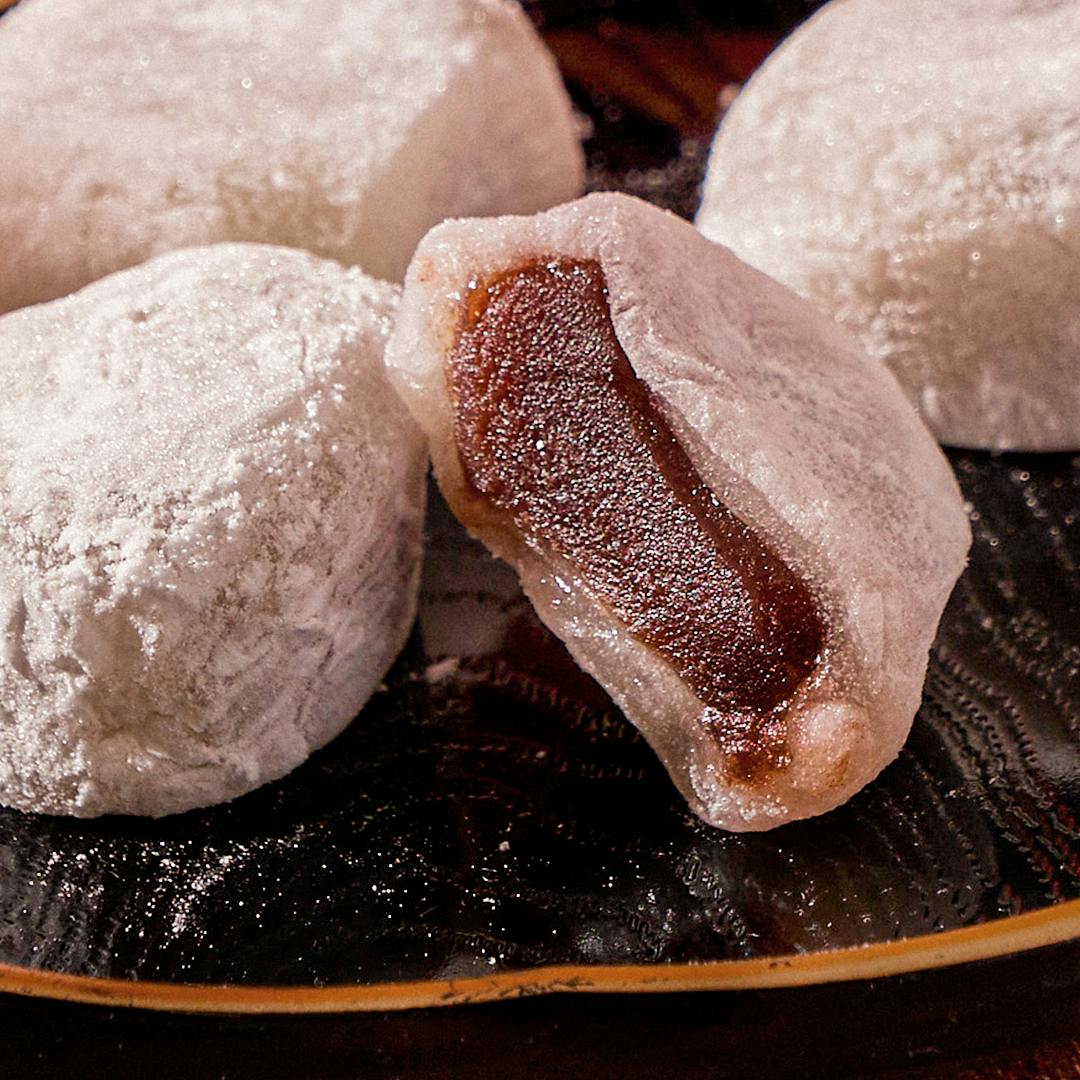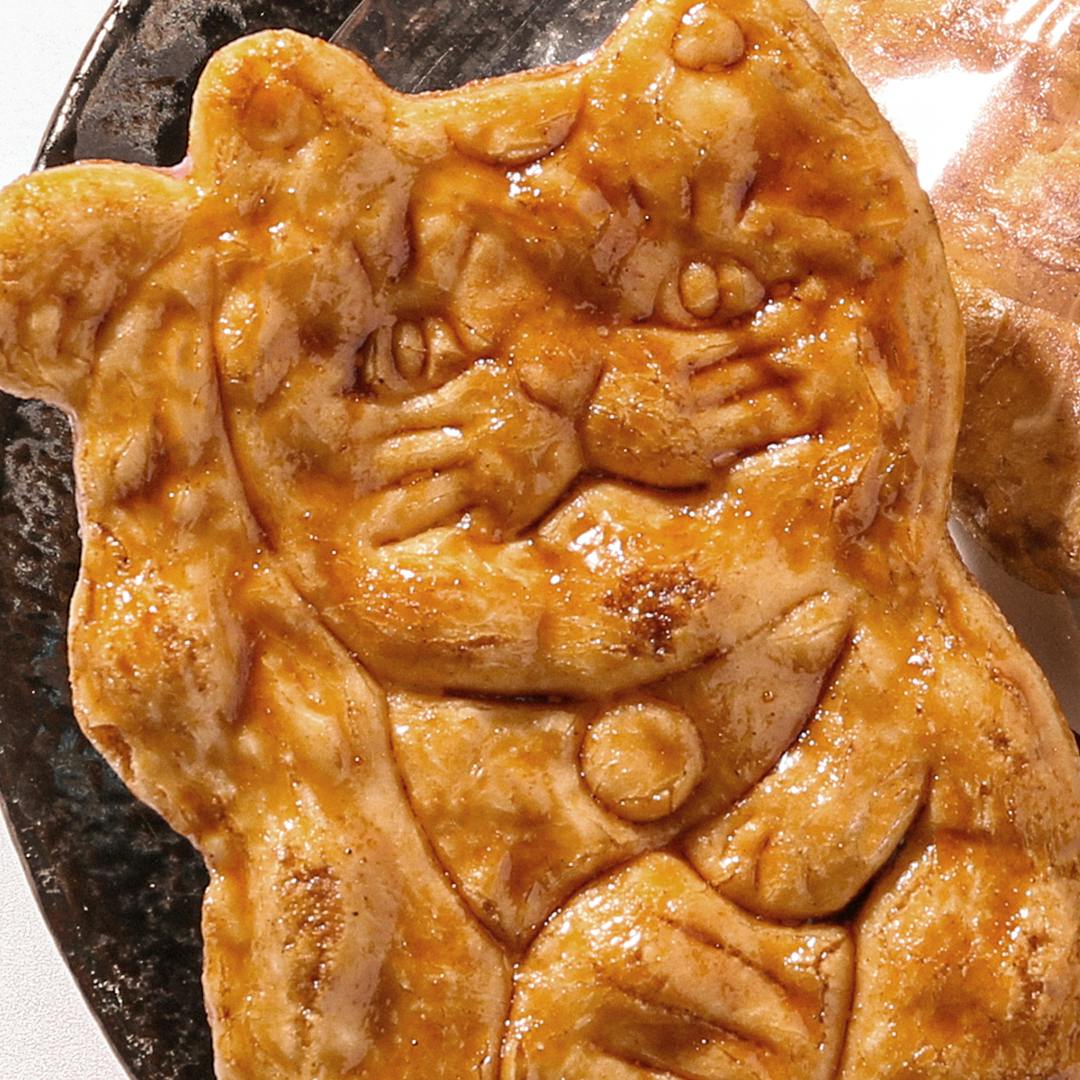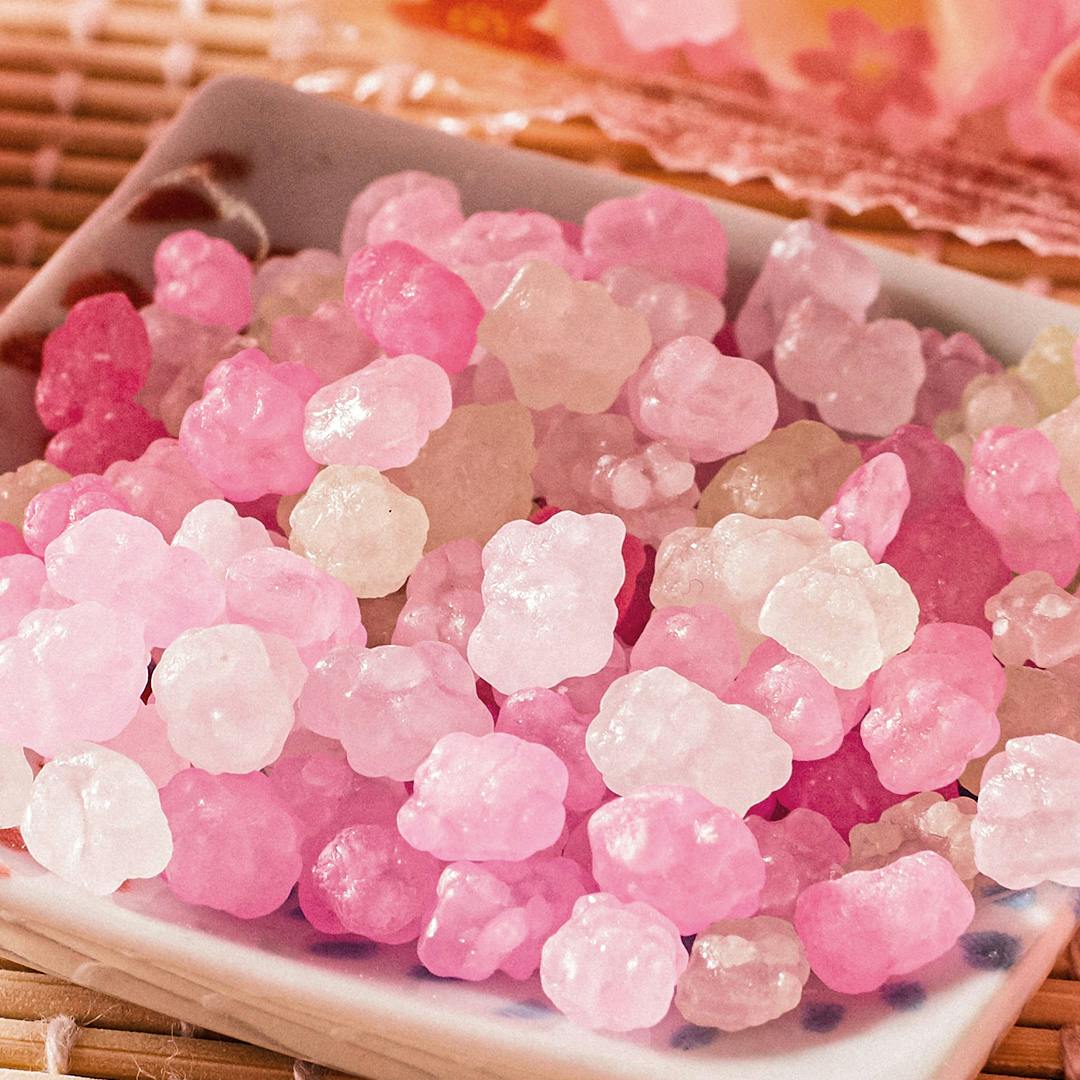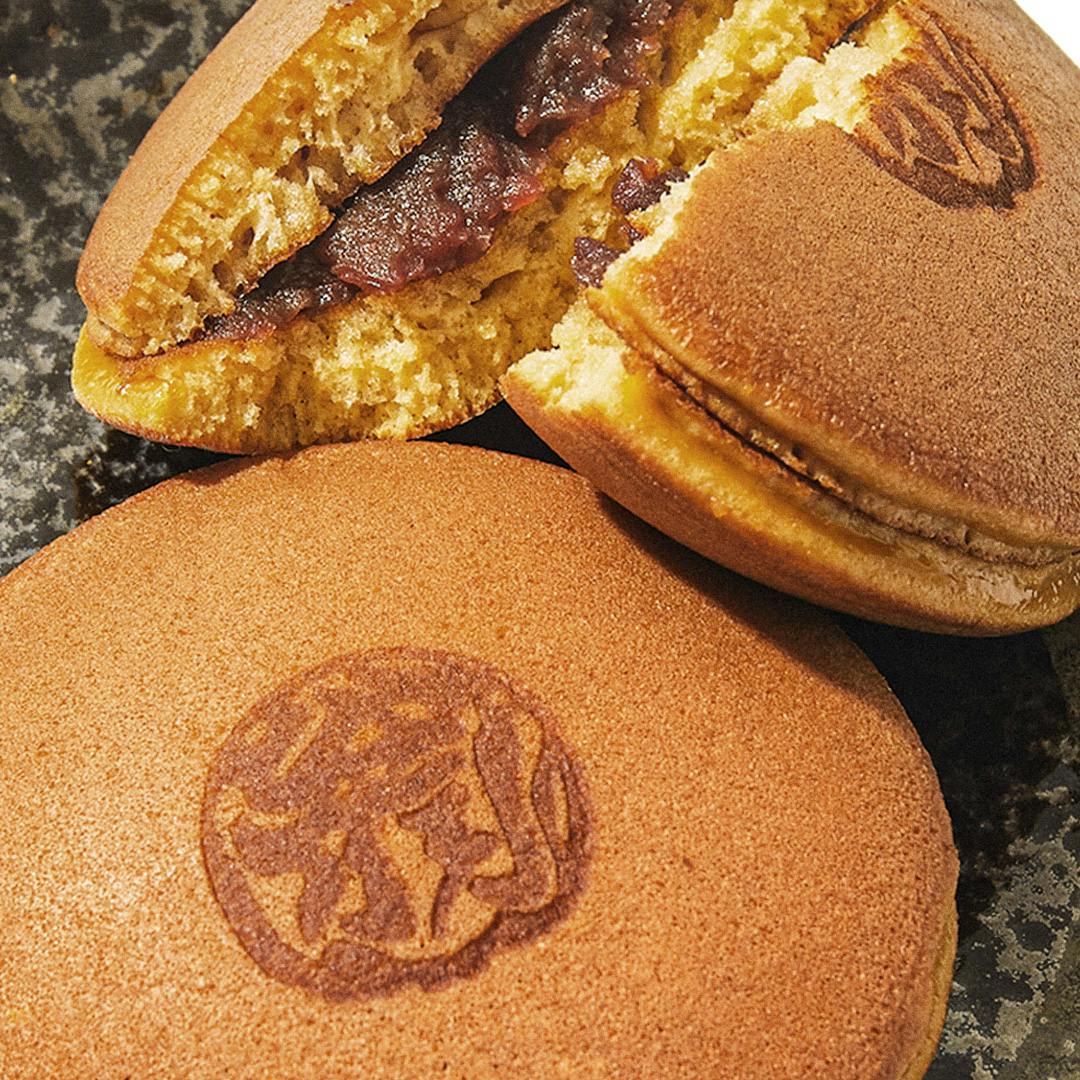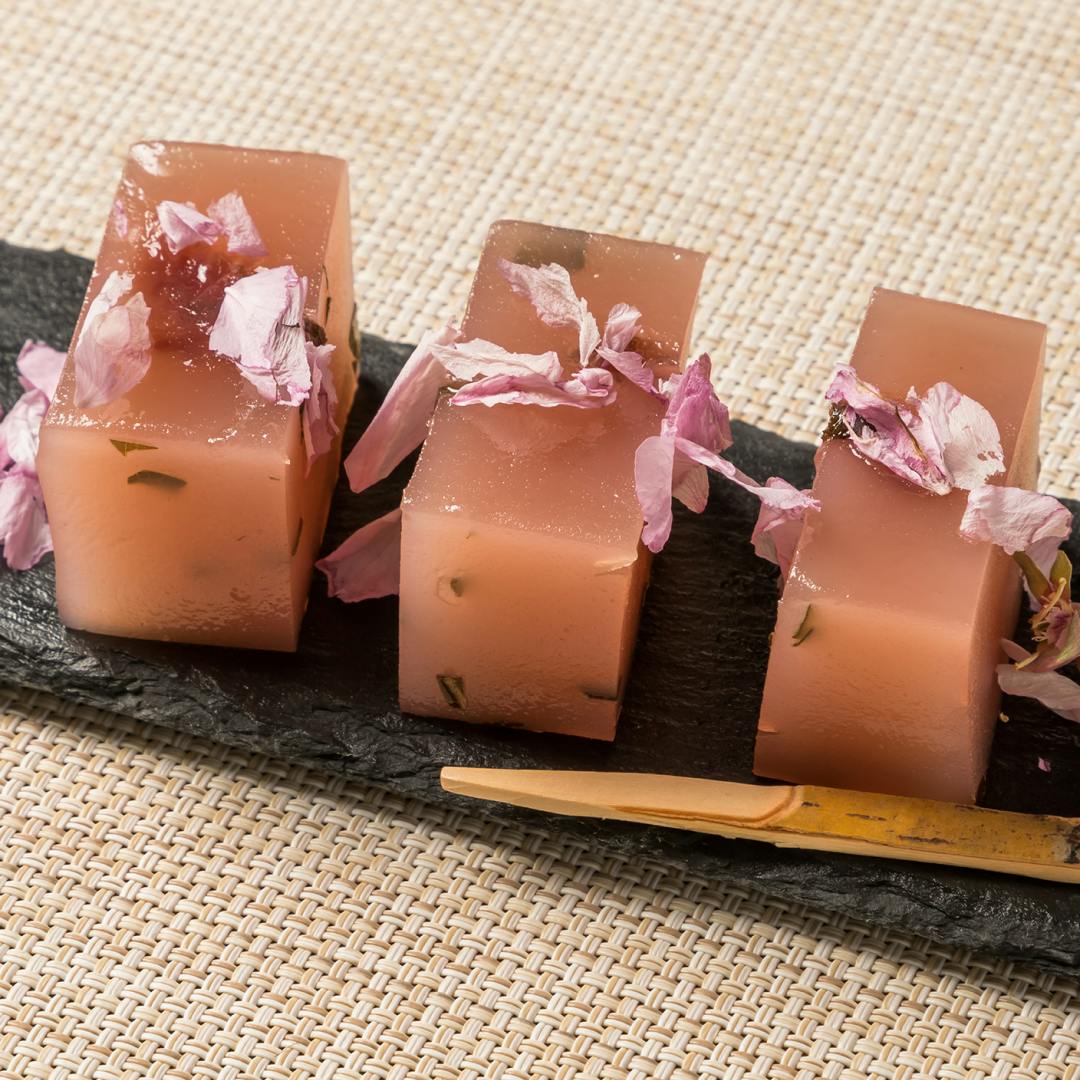Our Snacks
/Japanese Home Goods
 Japanese Tea
Japanese Tea 
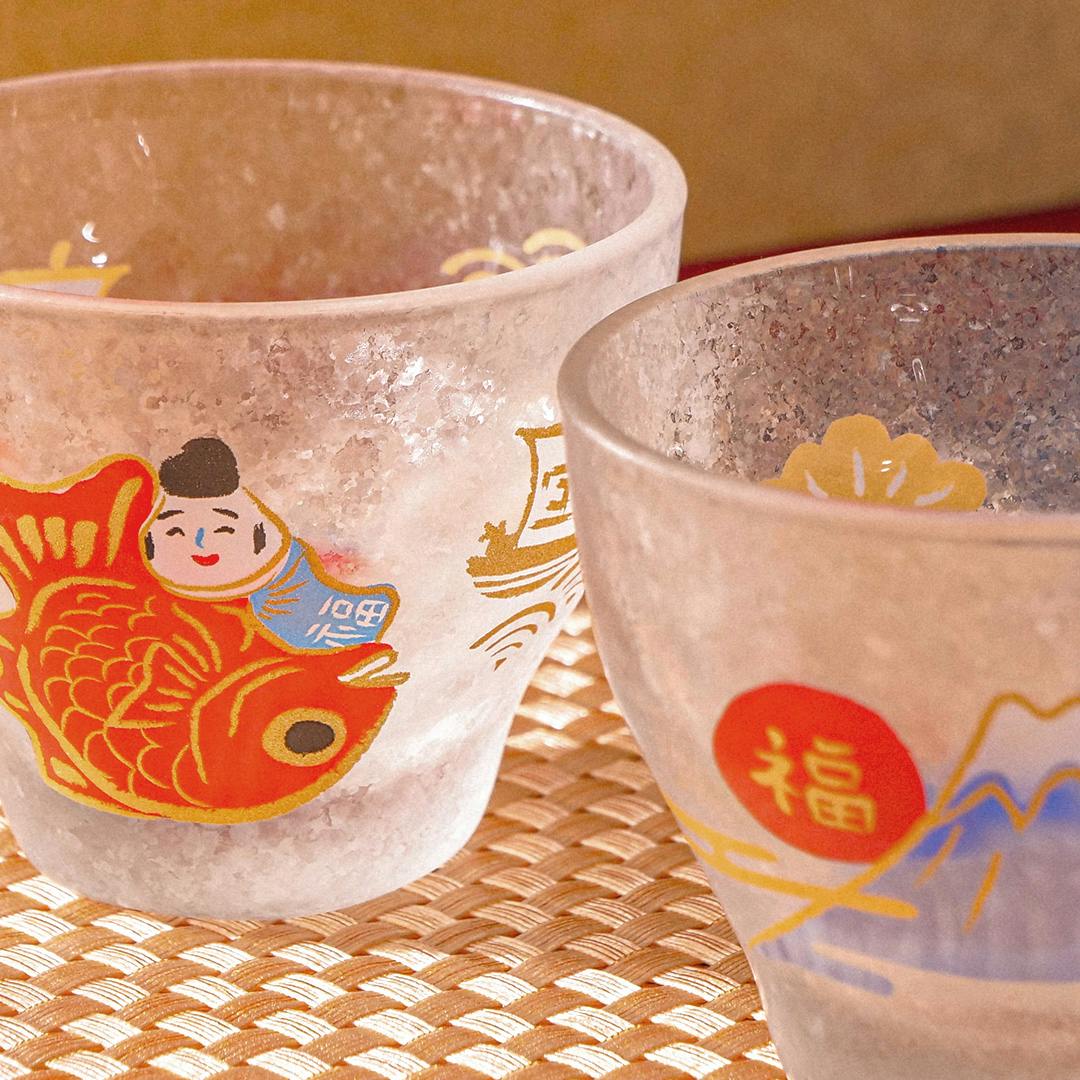
INSIDE YOUR SAKURACO BOX
Japanese Home Goods
Japanese home goods perfectly exemplify the balance between function and beauty. Featuring minimalist, geometric, and nature-inspired patterns, Japanese ceramics and kitchen goods like chopsticks are staples in many homes. From traditional wrapping cloths to Japanese tea cups, home goods have a rich artistic history and are still very much a part of modern life in Japan.

TRIVIA
Which Japanese city makes 80% of the nation’s lacquered chopsticks?
Home goods coming to Sakuraco!
Japanese Ceramics
Japanese ceramics, or yakimono, encompass a rich tapestry of history, artistry, and regional diversity. From earthenware to porcelain, renowned varieties like Arita and Mino ware showcase the country's artistic heritage.
From ancient kilns to modern workshops, Japanese artisans sustain age-old traditions, producing exquisite pieces like mamezara, small dishes cherished as souvenirs since the 17th century.
Yakimono remains a vibrant form of Japanese art, blending tradition with modernity and sustaining historical and regional traditions. Talented potters thrive, preserving Japan's rich ceramic heritage with innovative artistry.

Japanese Tea Cups
Japanese tea cups, or yunomi, embody centuries of tradition for daily tea consumption. Typically cylindrical with a turned foot and no handle, yunomi cups allow for an intimate tea-drinking experience. Rooted in Japanese tea and geisha culture and evolving alongside the revered tea ceremony, these cups are crafted from materials like porcelain or stoneware, featuring diverse designs and glazes.

Japanese Chopsticks
Japanese chopsticks, or hashi, are traditionally crafted from wood, bamboo, or lacquered materials. Originally used exclusively in rituals to prevent touching food for the gods, chopsticks evolved into utensils for everyday meals by the late Yamato Period (250-710 CE). Today, modern variations include metal and plastic, but traditional wooden chopsticks remain an integral part of Japanese dining culture—reflecting meticulous craftsmanship and design.

Furoshiki
Furoshiki, traditional Japanese wrapping cloths, have a rich history dating back centuries. The furoshiki was initially utilized in temples to wrap and transport sacred objects as far back as the Nara period (710-784). Crafted from silk, cotton, or other fibers, they are intricately designed in diverse patterns and colors. Today, furoshiki are utilized for gift-wrapping carrying items, and recent sustainability initiatives have revived their popularity as eco-friendly alternatives to disposable packaging.

Chopstick Rest
Japanese chopstick rests, or hashioki, serve both functional and aesthetic purposes. Crafted from ceramic, wood, or lacquer, they provide a hygienic rest for chopsticks during meals. Designs range from traditional motifs such as traditional patterns such as kitsune, Japanese foxes, to modern interpretations, showcasing meticulous craftsmanship and reflecting Japan's cultural appreciation for detail in dining etiquette.

Enjoy Japanese Style
Find out which Japanese home goods you’ll get
THIS MONTH’S THEME
Explore Other Categories




